Often vast, America’s 62 national parks cover more than 52 million acres—plenty of space for your family to spread out and enjoy their natural wonders this summer and fall.
And while always iconic in their own way, offering everything from endless glaciers to geothermal wonders, each park is unique. Some attract millions, others, just a relative handful of visitors.
From the heart of the Appalachians to frozen landscapes above the Arctic Circle, here are some of America’s unique national parks.
The Biggest: Wrangell-St. Elias National Park and Preserve
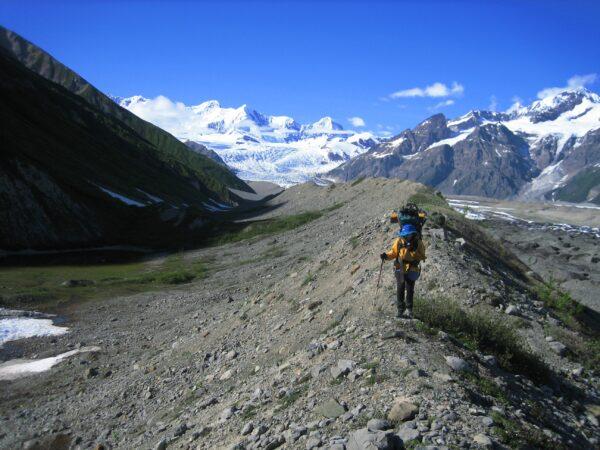
Rambling over 13.2 million rugged acres, Wrangell-St. Elias National Park and Preserve, located in southeast Alaska, covers more territory than the nine smallest states in the union, combined. It’s a wild, wonderful place, encompassing soaring peaks, including nine of the 16 tallest mountains in the U.S. (the tallest, Mount St. Elias, reaches 18,008 feet), as well as active volcanoes, and both the largest sub-polar ice field, and the greatest concentration of glaciers, on the entire continent. (One glacier, Malaspina, is actually bigger than the state of Rhode Island.)
There’s plenty to explore, from historic civilizations, including Yakutat, a traditional, native fishing village, to the ruins of the once-thriving Kennecott Mines, itself a National Historic Landmark, to the other-worldly, always-frozen landscapes in the upper reaches of the park.
The Smallest: Gateway Arch National Park
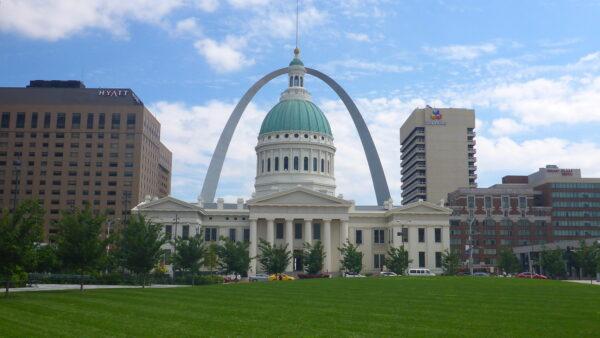
Capped by the iconic, stainless steel Gateway Arch, which has soared across St. Louis’s skyline since the 1960s, Gateway Arch National Park was known as the Jefferson National Expansion Memorial until 2018. The 630-foot arch, the Gateway to the West, was built to commemorate the Louisiana Purchase near the starting point of the Lewis and Clark Expedition, and visitors can ascend in small, egg-like vehicles (called “tram capsules”), making the trip to the top in just over four minutes, to a slightly claustrophobic observation deck overlooking the city and the big, muddy Mississippi River.
But there’s more to this tiny, 91-acre, urban park than the arch—visitors can also walk along the river, spend time in the on-site museum (which includes information and a film about the arch’s construction, as well as exhibits on America’s westward expansion), and visit the Old Courthouse, where Dred Scott sued for his freedom from slavery.
The Busiest: Great Smoky Mountains National Park
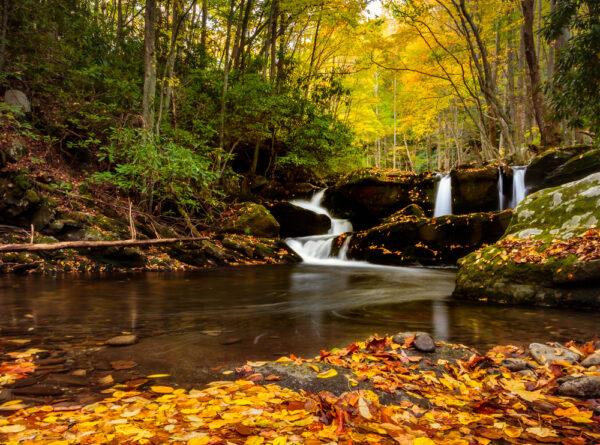
Located in both eastern Tennessee and western North Carolina, within easy driving distance of many of America’s big cities, the half-million acre Great Smoky Mountains National Park (which is also both a UNESCO World Heritage Site and International Biosphere Reserve) welcomes more than 12 million visitors every year—more than any other national park. Dedicated by Franklin Roosevelt in 1940, just as the automobile became king in the United States, it’s fringed by a number of over-the-top tourist towns like Gatlinburg and Pigeon Forge, home to motels and mini-putts and go-kart tracks (and, the latter, to Dollywood). But once you’re inside the park boundary, you’re wrapped into a world of rising ridges and crashing waterfalls and dense, spruce-fir forests.
Home to some of the tallest peaks east of the Mississippi, you can drive almost to the top of Clingmans Dome—the highest peak on the Appalachian Trail—and then walk a half-mile loop to the summit.
The Least-Visited: Gates of the Arctic National Park
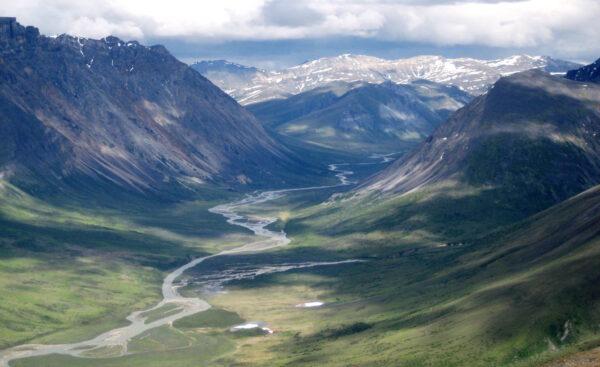
Located entirely above the Arctic Circle, and inaccessible by either road or trail, the massive Gates of the Arctic National Park—bigger than Belgium—was visited by a little over 10,000 intrepid souls last year. Most fly in by air taxi from Fairbanks, Alaska, on floatplanes or small aircraft equipped with tundra tires, bumping down into remote communities. From there, you can proceed on foot, or on the water, rafting one of the six national wild rivers that wind through steep, glacier-carved valleys that sometimes hold Class III or IV rapids.
One of the wildest landscapes in the country, it’s an ageless place, where the caribou migrate, and the aurora borealis flash in the sky, just as they have done for millennia.
The Beach-iest: Indiana Dunes National Park
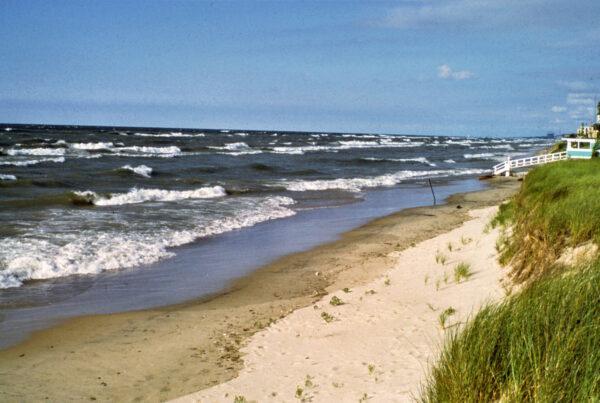
Tracing 15 miles of sandy Lake Michigan shoreline just east of Chicago, Indiana Dunes National Park, a 15,000-acre playground, was named a national park just last year, after more than a half-century as a national seashore. It’s a strange and wonderful place, wedged between industrial installations (including a power plant), with the lights and skyline of the big city visible to the west. But once you’re here, it’s all about the sand—from that seemingly endless curve of beach, to the namesake dunes, including “Mount Baldy,” a big one that moves as much as four feet every year.
Hike the dunes (the park offers a number of trails), take a swim, then head inland to the wetlands, where an astounding amount of biodiversity awaits, including some 370 bird species.
The Newest: White Sands National Park
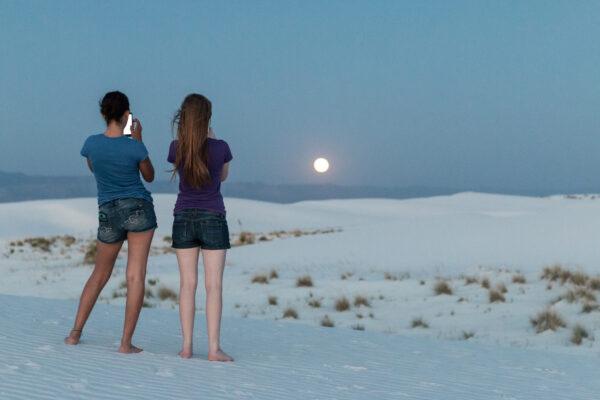
Created on Dec. 20, 2019, when Washington conferred national park status on this former national monument in New Mexico, White Sands is, according to the park service, “one of the world’s great natural wonders.” Composing the largest gypsum dune field on earth, these shimmering sands began to form as many as 10,000–12,000 years ago, as Lake Otero, back then one of the largest bodies of water in the southwest, began to dry up. This was once a place abounding with life—fossilized footprints from camels and mammoths and sloths and saber-toothed cats have been found within the park.
Now you can hike the park’s five trails, take a guided walk through the native plants of the Chihuahuan Desert, bike, picnic, cruise along Dunes Drive, or, most fun, grab a snow-saucer at the park’s gift shop and sled down one of the dunes. (Just call ahead before you visit—the park is occasionally closed when the adjacent White Sands Missile Range is conducting active testing.)
The Oldest: Yellowstone National Park
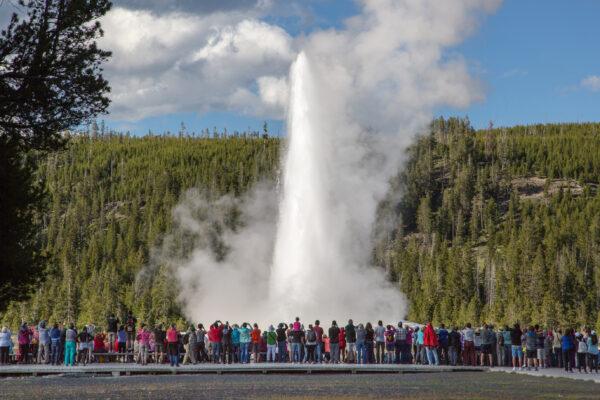
Widely recognized as the world’s very first national park, Yellowstone, which spans three states, was created with the stroke of the presidential pen on March 1, 1872. Home to the largest concentration of mammals in the lower 48 states, animals here are easily spotted from the road or hiking trails, including one of the largest public bison herds in the country, plus bighorn sheep, elk, and three species of deer. (Predators such as grizzly bear, mountain lions, and wolves can be a little more elusive.)
Yellowstone also encompasses one of America’s largest high-elevation lakes and has its very own Grand Canyon (which runs 24 miles and rises 1,200 feet). But the main attraction here—and the primary purpose for the park’s creation—is its geothermal activity. Here, fed by the Yellowstone “supervolcano,” you’ll find bubbling mud pots and boiling hot springs, as well as about half of the entire world’s geysers, including, of course, the most famous, Old Faithful, which, true to its name, erupts around every 90 minutes.
Toronto-based writer Tim Johnson is always traveling, in search of the next great story. Having visited 140 countries across all seven continents, he’s tracked lions on foot in Botswana, dug for dinosaur bones in Mongolia, and walked among a half-million penguins on South Georgia Island. He contributes to some of North America’s largest publications, including CNN Travel, Bloomberg, and The Globe and Mail.

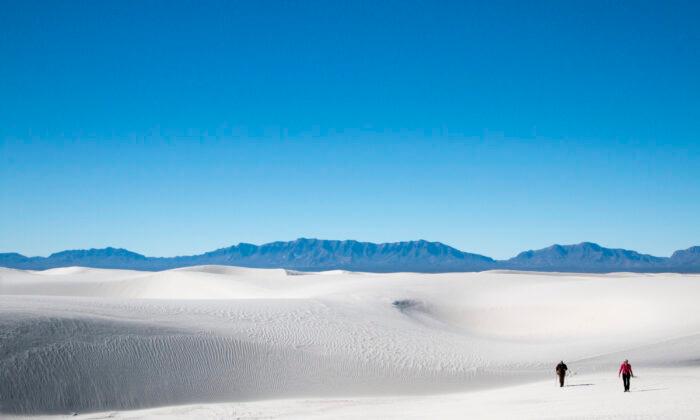
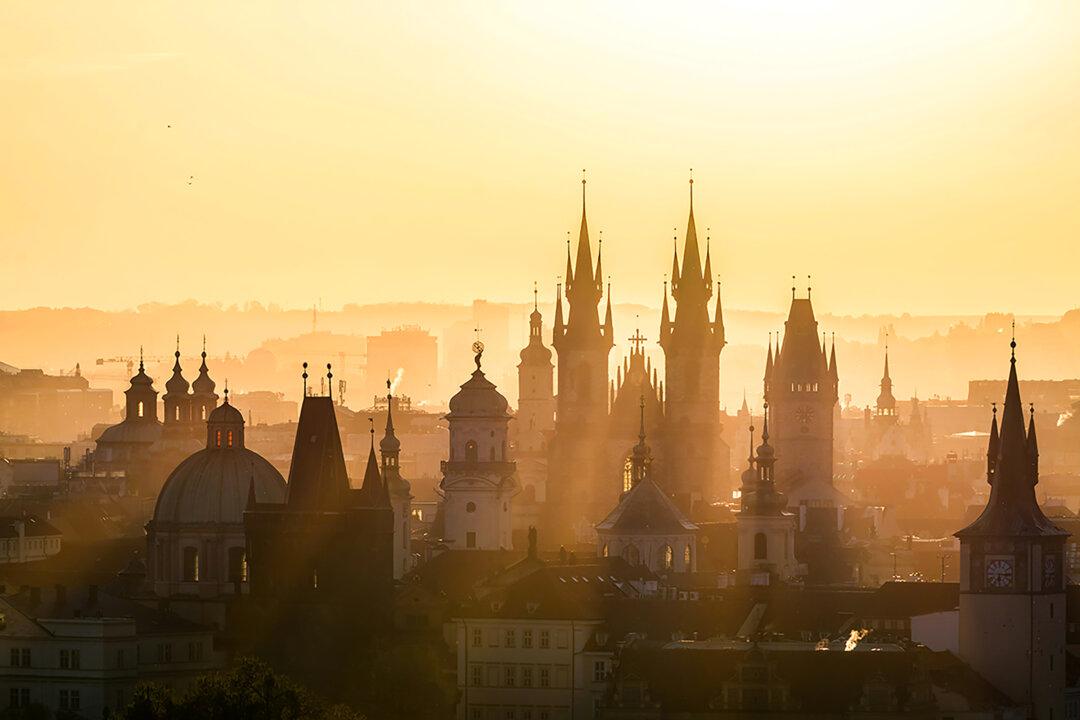
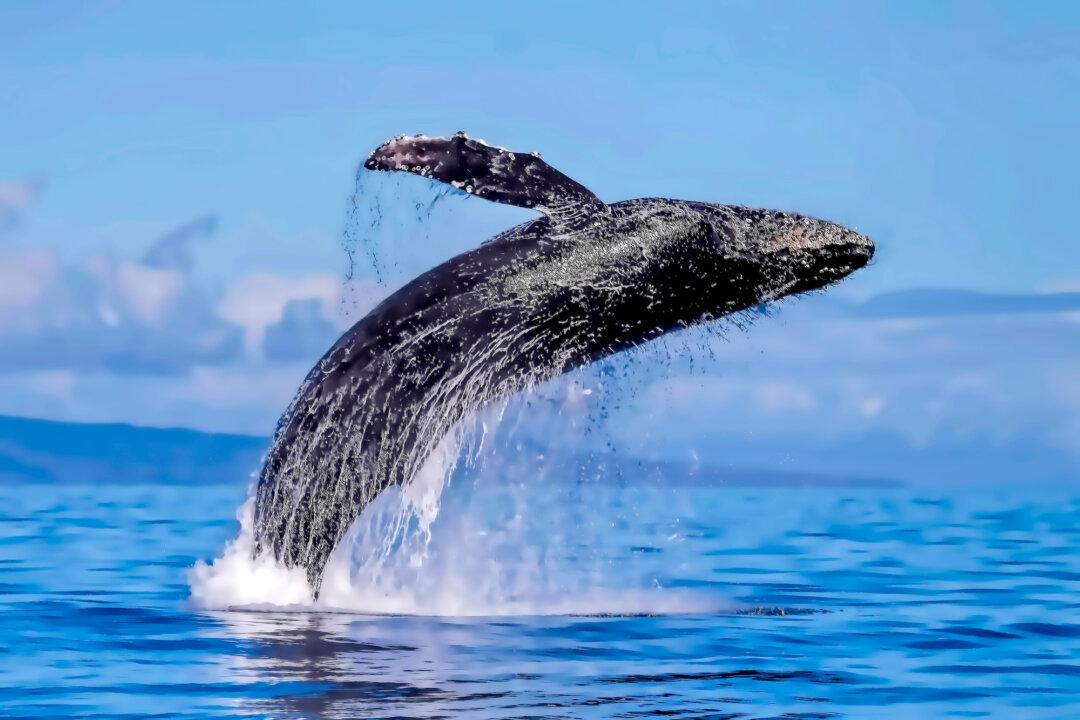


Friends Read Free